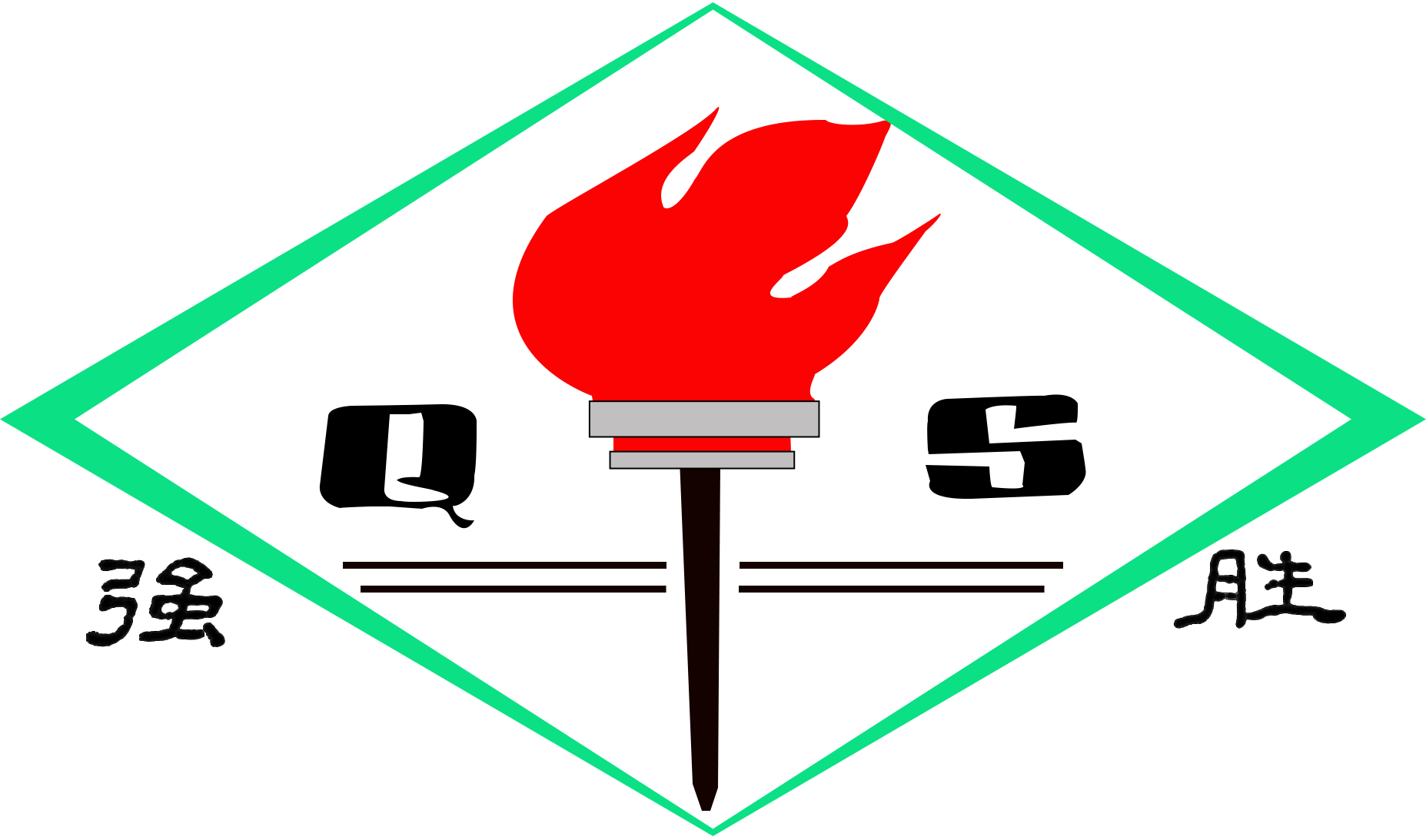12
2025
-
02
Chinese Traditional Festival | Lantern Festival
Source:
发布时间:2025-02-12 09:51
As the saying goes, "If it doesn't happen by the fifteenth, it's still the year." The Lantern Festival marks the end of the Spring Festival after it is celebrated. The fifteenth day of the first month is the Lantern Festival, also known as the "Shangyuan Festival." As the first full moon of the lunar calendar, it embodies people's beautiful expectations for the new year. The Lantern Festival is also the last important festival in the customs of the Chinese Spring Festival. According to ancient calendars, the first month is the first month of the lunar calendar. The "Shuowen Jiezi" records: "Yuan means beginning; Xiao means night." The bright flames and the light of the bright moon, on the good night of the Shangyuan, we gather for reunion and pray for blessings to conclude the year.
Lantern Festival
As the saying goes, "The year doesn't end until the fifteenth," the Lantern Festival marks the conclusion of the Spring Festival. The fifteenth day of the first lunar month is the Lantern Festival, also known as the "Shangyuan Festival," which represents the first full moon of the lunar calendar, embodying people's beautiful expectations for the new year. The Lantern Festival is also the last important festival in the customs of the Chinese Spring Festival. According to ancient calendars, the first month is the first month of the lunar calendar. The "Shuowen Jiezi" records: "Yuan means beginning; Xiao means night." The bright fire and the light of the bright moon, on the good night of the Shangyuan, symbolize reunion and blessings to conclude the year.
Festival Customs Lantern Festival
Appreciating Lanterns
Every year on the fifteenth day of the first lunar month, it is the climax of lantern displays and fireworks. There are customs such as hanging lanterns, lighting lanterns, and viewing lanterns, hence it is called the Lantern Festival. The Tang Dynasty poet Lu Zhao-lin described the grand scene of lighting lanterns during the Lantern Festival in his poem "Viewing Lanterns on the Fifteenth Night": "Connecting the Han Dynasty, it seems like stars are falling, leaning against the building like the moon hanging."
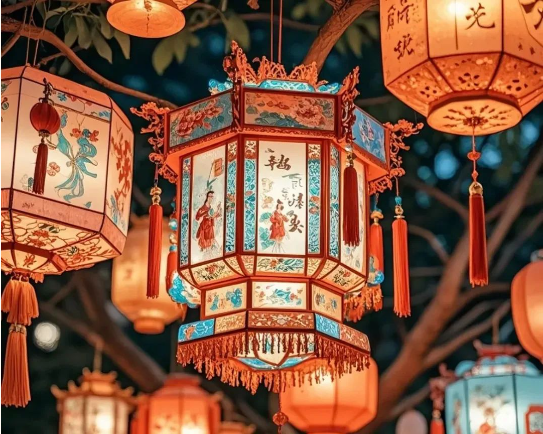
Dragon Dance Lanterns
The dragon dance lantern, also known as dragon lantern or dragon dance, features a long dragon body that twists and turns, swirling and moving, with the dragon's body illuminated, creating a dazzling and spectacular scene. The Chinese culture reveres the dragon, considering it a symbol of good fortune.
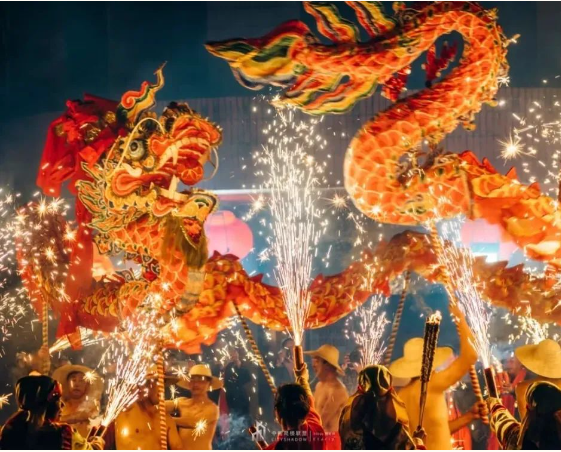
Guessing Lantern Riddles
"Guessing lantern riddles," also known as "solving lantern riddles," is an activity during the Lantern Festival that appeared in the Song Dynasty. During the Southern Song Dynasty, many people in the capital Lin'an would create and guess riddles during the Lantern Festival. Initially, enthusiasts would write riddles on paper slips and stick them on colorful lanterns for people to guess.
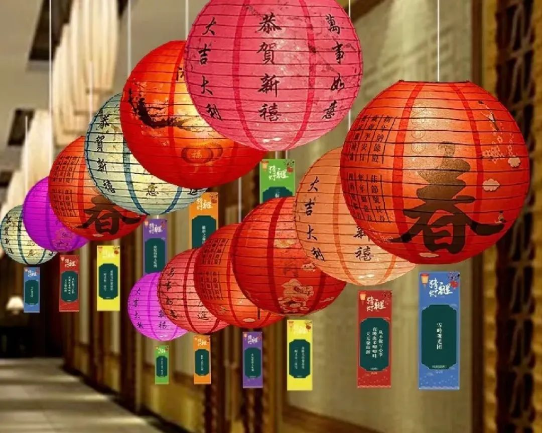
Eating Yuanxiao
During the Ming and Qing Dynasties, eating Yuanxiao on the fifteenth day of the first lunar month became fashionable. In the Ming Dynasty, people in the capital began eating Yuanxiao after the ninth day. Yuanxiao is made from glutinous rice flour, round in shape, filled with walnut, sesame, or osmanthus sugar. In Jiangnan, it is called "Tangyuan." People in Suzhou call it "Yuanzi," while people in Hangzhou refer to it as "Shangdeng Yuanzi." After worshiping ancestors, family and villagers enjoy Yuanzi together, symbolizing reunion. In contemporary China, regardless of north or south, eating Yuanxiao on the fifteenth day of the first lunar month has become a trend. The bright moon in the sky and Yuanxiao in the bowl symbolize reunion and good fortune. Eating Yuanxiao expresses people's enjoyment of family reunion.
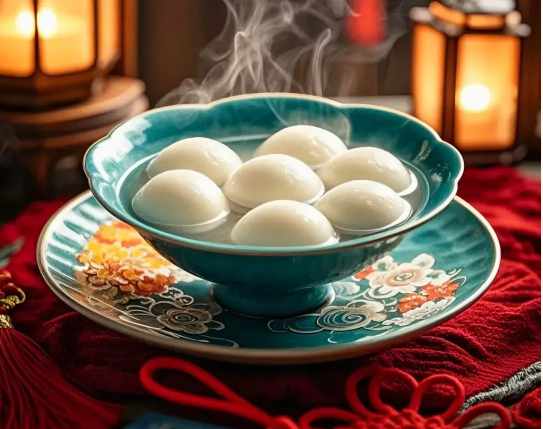
Festival Cuisine Lantern Festival
Tangyuan and Yuanxiao
Tangyuan: Symbolizing reunion, usually made from glutinous rice, filled with various sweet fillings such as black sesame and peanuts. Yuanxiao: Also symbolizes reunion, but the production process is different; Yuanxiao is usually made by rolling, with a harder filling, mainly a single sweet flavor.
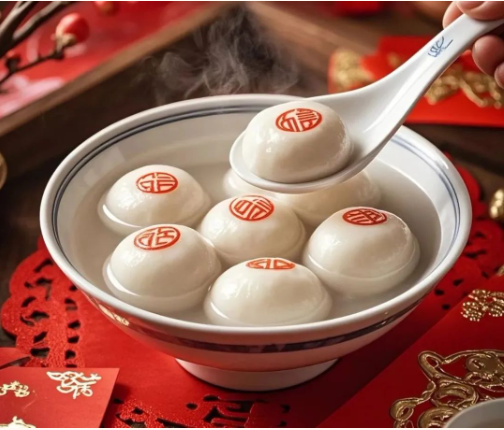
Nian Gao
Nian Gao, also known as sticky rice cake, symbolizes rising step by step, usually made from rice or glutinous rice, available in red, yellow, and white colors, symbolizing wealth and treasures.
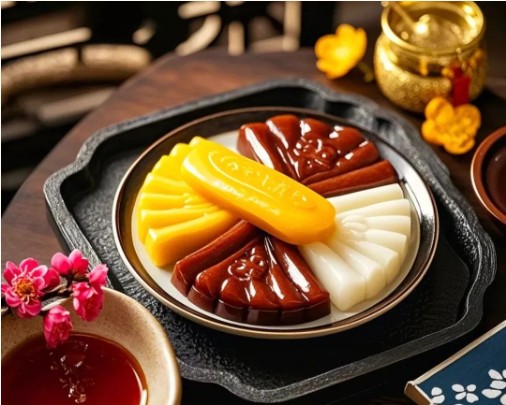
Dumplings
Dumplings symbolize wealth and prosperity, and are a must-eat for northern people during festivals, with fillings such as celery and fish, signifying hard work and surplus.
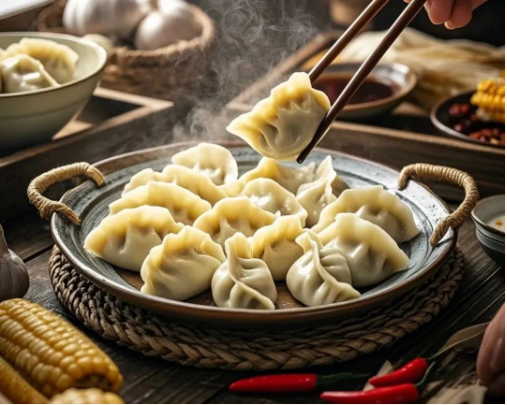
Noodles
In the regions north of the Yangtze River, the custom of eating noodles during the Lantern Festival symbolizes continuous joy and longevity.
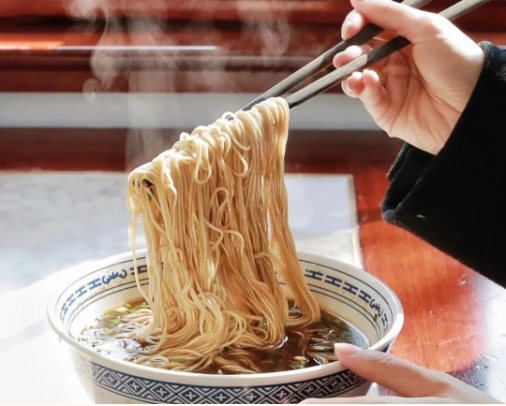
Lettuce
Lettuce sounds like "sheng cai," meaning wealth, symbolizing a continuous flow of wealth, often used in salads or stir-fried dishes.
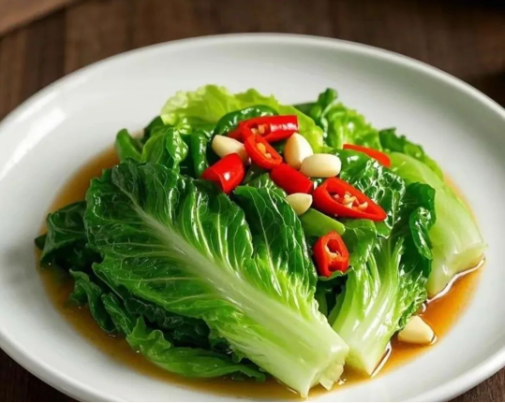
Oil Tea
In areas inhabited by the Dong and Yao ethnic groups in Guangxi, Guizhou, and Hunan, there is a custom of "making oil tea on the fifteenth," where oil tea is made from tea oil powder mixed with sesame, peanuts, and other ingredients, symbolizing a bountiful harvest.

Date Cake
In the western Henan region, people enjoy eating date cake during the Lantern Festival, symbolizing prosperity and sweetness.
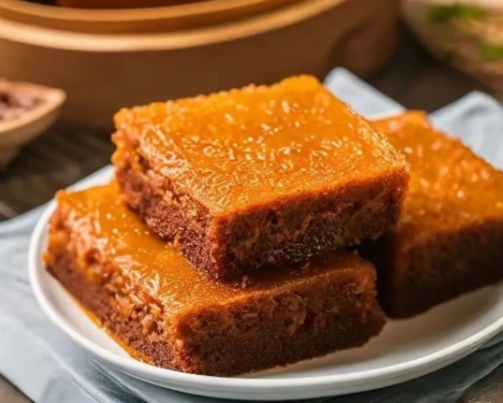
Wheat Cake
In Pujiang County, Jinhua, Zhejiang, people eat wheat cakes during the Lantern Festival, symbolizing completeness and good fortune.

Yuanxiao Tea
In Shaanxi and other places, there is a custom of drinking Yuanxiao tea during the Lantern Festival, symbolizing celebration and peace.
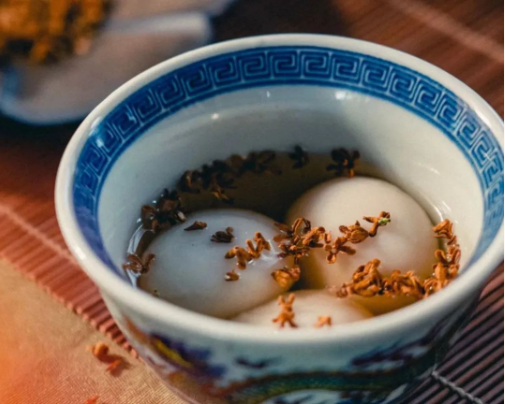
Key words:
Related News
Rain: Flowers bloom on the path, light rain comes.
Good rain knows the right season; it falls when spring arrives.
2025/02/18
Chinese Traditional Festival | Lantern Festival
As the saying goes, "If it doesn't happen by the fifteenth, it's still the year." The Lantern Festival marks the end of the Spring Festival after it is celebrated. The fifteenth day of the first month is the Lantern Festival, also known as the "Shangyuan Festival." As the first full moon of the lunar calendar, it embodies people's beautiful expectations for the new year. The Lantern Festival is also the last important festival in the customs of the Chinese Spring Festival. According to ancient calendars, the first month is the first month of the lunar calendar. The "Shuowen Jiezi" records: "Yuan means beginning; Xiao means night." The bright flames and the light of the bright moon, on the good night of the Shangyuan, we gather for reunion and pray for blessings to conclude the year.
2025/02/12
【New Year Recruitment】Qiangsheng Industry New Year Recruitment Special!
At the beginning of the new spring, everything is renewed! Qiangsheng Industry sincerely invites talents from all walks of life to join our big family and together open a glorious chapter for the new year! As a leading enterprise in the plastic weaving industry and 3D flying weaving industry, we always adhere to the concept of "people-oriented, talent-driven," and are committed to providing employees with a broad development platform and generous salary benefits.
2025/02/07
The eighth day of the first month, wishing you a prosperous start to work!
Qiangsheng Industry starts work to create brilliance together
2025/02/05

